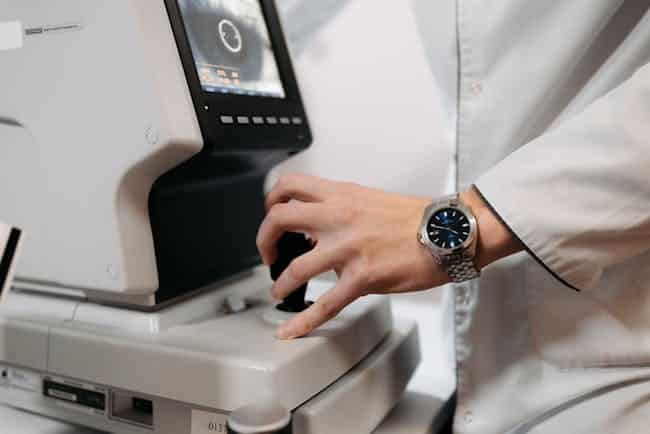Stem cell treatment helps 3 people see for the first time
A revolutionary stem cell treatment restored the vision of three people by repairing their damaged corneas.
Initially, four participants were in the study, but the fourth person’s results did not last.
Nevertheless, Kapil Bharti, a translational stem-cell researcher at the US National Eye Institute, stated, “This is an exciting development.”
How does the stem cell treatment work?

The Nature academic journal says the breakthrough treatment focused on limbal stem-cell deficiency (LSCD).
It covers the eye’s cornea with scar tissue, eventually leading to blindness. Moreover, LSCD could come from eye trauma or autoimmune and genetic diseases.
READ: Stem cells show promise in reversing type 1 diabetes
Treatments are limited with low chances of success. Consequently, Osaka University ophthalmologist Kohji Nishida and his colleagues devised an alternative.
It involved induced pluripotent stem (iPS) cells to make the corneal transplants. They reprogrammed blood cells from a healthy donor into an embryonic state.
Then, they turned the cells into a thin, transparent sheet of cobblestone-shaped corneal epithelial cells.
The research team tested their stem cell treatment on two men and two women aged 39 to 72. They scraped off the scar tissue layer covering the damaged cornea in a single eye.
READ: DOH probing QC clinic that performed stem cell treatment
Next, they stitched on epithelial sheets from a donor and installed a soft protective contact lens on top.
Two years later, the patients did not experience severe side effects, such as tumors. Also, the vision improvements persisted save for one who had slight reversals.
Kapil Bharti, a translational stem cell researcher from the National Institutes of Health, praised the treatment.
“The results merit treating more patients,” he stated. Bhurti admitted the reasons why the treatment worked were unclear.
That is why Nishida plans to launch clinical trials in March to assess its efficacy. Also, numerous other stem cell remedies are undergoing trials.
“These success stories suggest we are headed in the right direction,” Bhurti stated.